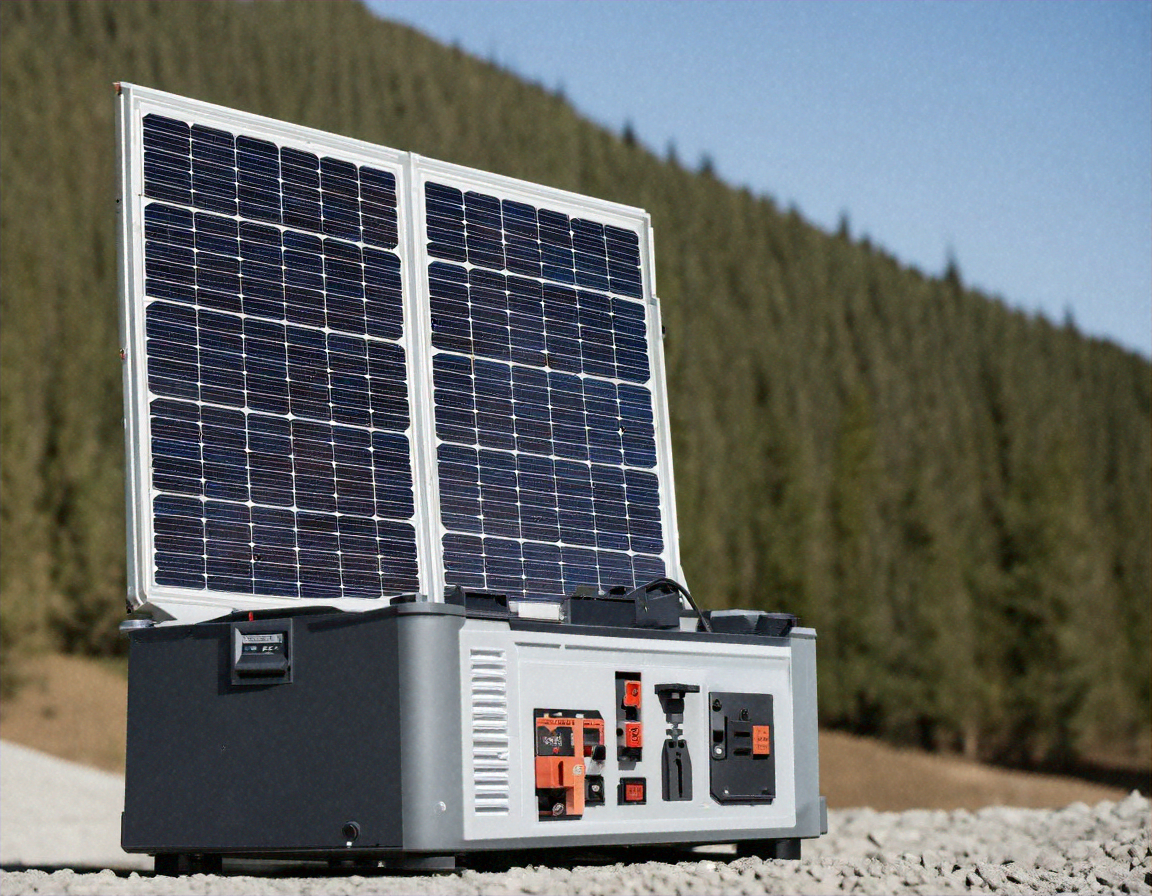Solar Generators 2025: An Eco-Friendly Energy Trend Growing in Popularity
Solar generators in 2025 are emerging as a reliable and eco-friendly alternative to traditional power sources, driven by advancements in battery storage, portability, and efficiency. They provide clean, renewable energy for homes, outdoor activities, and emergency backup without the noise or emissions of fuel-based generators. As technology improves and prices become more accessible, solar generators are quickly gaining popularity among environmentally conscious consumers seeking sustainable and cost-effective energy solutions.

What Are the Latest Advancements in Solar Generator Technology?
The solar generator industry has experienced remarkable technological progress in recent years. Modern units now feature lithium iron phosphate (LiFePO4) batteries, which offer longer lifespans, faster charging times, and improved safety compared to older lead-acid alternatives. Advanced maximum power point tracking (MPPT) charge controllers optimize energy harvesting from solar panels, increasing efficiency by up to 30% over previous models.
Smart connectivity features have also revolutionized user experience. Many 2025 solar generators include WiFi and Bluetooth capabilities, allowing users to monitor power consumption, battery levels, and charging status through smartphone apps. Some models even incorporate artificial intelligence to predict power needs and optimize charging schedules based on weather forecasts and usage patterns.
Portable designs have become more compact and lightweight without sacrificing power output. Manufacturers now produce units with modular battery systems, enabling users to expand capacity as needed. Quick-charging technology allows some generators to reach 80% capacity in under two hours when connected to AC power or high-efficiency solar panels.
How Do Solar Generators Provide Sustainability and Environmental Benefits?
Solar generators offer significant environmental advantages over traditional fossil fuel-powered alternatives. They produce zero emissions during operation, helping reduce air pollution and greenhouse gas contributions. A typical solar generator can offset its manufacturing carbon footprint within 2-3 years of use, making them increasingly attractive for environmentally conscious consumers.
The renewable nature of solar energy means these generators tap into an unlimited power source. Unlike gas generators that require constant fuel purchases and produce harmful exhaust, solar units operate silently and cleanly. This makes them ideal for use in national parks, residential areas, and other locations where noise and emissions restrictions apply.
Solar generators also promote energy independence by reducing reliance on grid electricity and fossil fuels. During power outages or natural disasters, they provide reliable backup power without contributing to fuel shortages or price volatility. Many users report significant long-term savings on electricity bills when using solar generators for regular power needs.
What About Costs and Accessibility in Today’s Market?
Solar generator pricing has become more accessible as technology matures and production scales increase. Entry-level units with 200-500 watt-hour capacity typically range from $200-$600, suitable for charging phones, laptops, and small appliances. Mid-range systems offering 1000-2000 watt-hours generally cost $800-$1,800, providing power for camping trips or short-term home backup needs.
High-capacity residential backup systems with 3000+ watt-hours can range from $2,000-$5,000 or more, depending on features and expandability options. While initial costs may seem substantial, many users recover their investment within 3-5 years through reduced electricity bills and eliminated fuel costs.
| Product Category | Capacity Range | Typical Price Range | Best For |
|---|---|---|---|
| Portable Units | 200-500Wh | $200-$600 | Camping, phones, laptops |
| Mid-Range Systems | 1000-2000Wh | $800-$1,800 | Weekend trips, small appliances |
| Home Backup Systems | 3000Wh+ | $2,000-$5,000+ | Emergency power, large appliances |
Prices, rates, or cost estimates mentioned in this article are based on the latest available information but may change over time. Independent research is advised before making financial decisions.
How Is Market Growth Shaping the Solar Generator Industry?
The solar generator market is experiencing unprecedented growth, with industry analysts projecting annual growth rates exceeding 15% through 2025. Increased awareness of climate change, rising energy costs, and growing demand for outdoor recreation activities are driving this expansion. The global market valuation is expected to reach several billion dollars by 2025.
Major technology companies and traditional power tool manufacturers are entering the solar generator space, increasing competition and innovation. This influx of established players is accelerating research and development while driving down costs through economies of scale. Retail availability has expanded significantly, with solar generators now commonly found in home improvement stores, outdoor retailers, and online marketplaces.
Government incentives and rebate programs in many regions are making solar generators more attractive to consumers. Some areas offer tax credits or utility rebates for renewable energy systems, further reducing effective purchase costs. Commercial applications are also growing, with businesses using solar generators for mobile operations, construction sites, and emergency preparedness.
The trend toward sustainable living and energy independence continues strengthening market demand. As battery technology improves and solar panel efficiency increases, solar generators are becoming viable alternatives to traditional backup power solutions for an expanding range of applications. This growth trajectory suggests solar generators will play an increasingly important role in the renewable energy landscape throughout 2025 and beyond.
Solar generators represent a meaningful step toward cleaner, more sustainable energy solutions. As technology advances and costs continue declining, these versatile power systems are positioned to become mainstream alternatives for portable and backup power needs. Their combination of environmental benefits, technological sophistication, and growing accessibility makes them an increasingly compelling choice for consumers seeking reliable, eco-friendly energy solutions.




